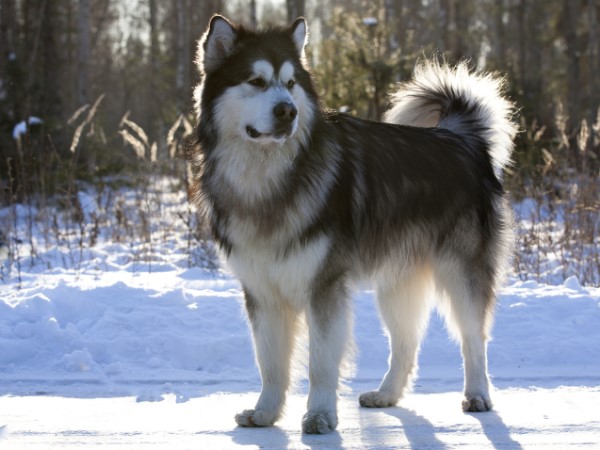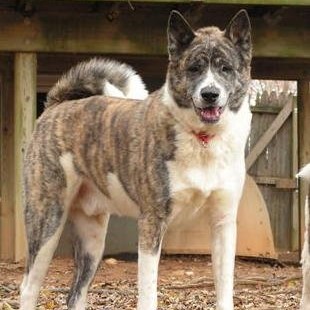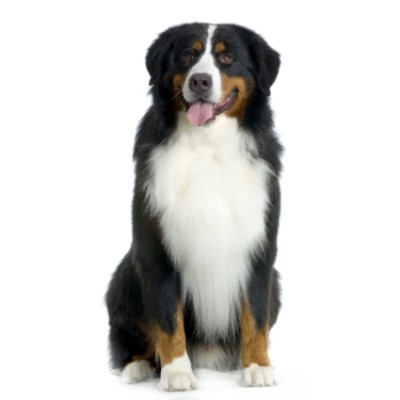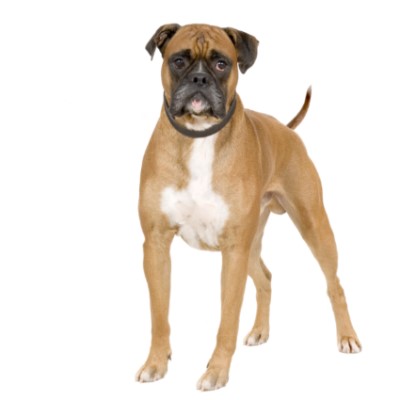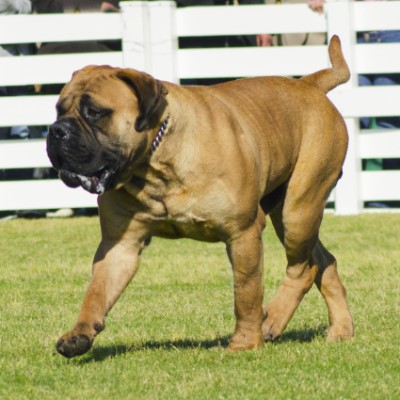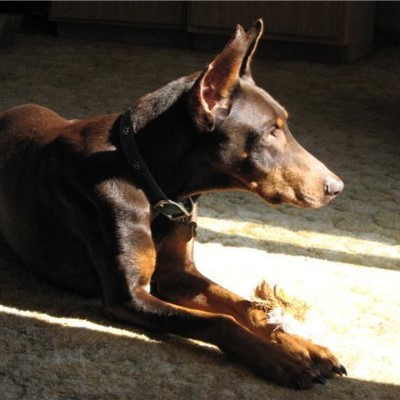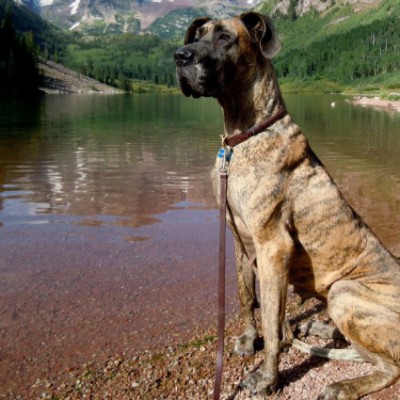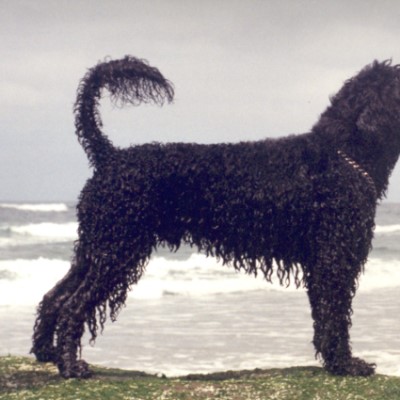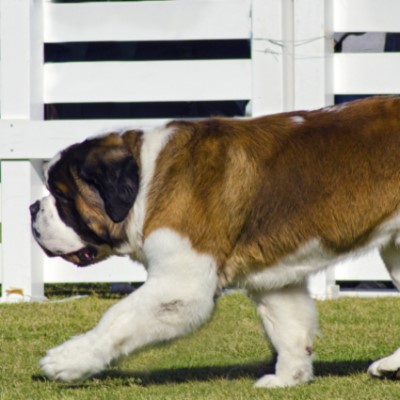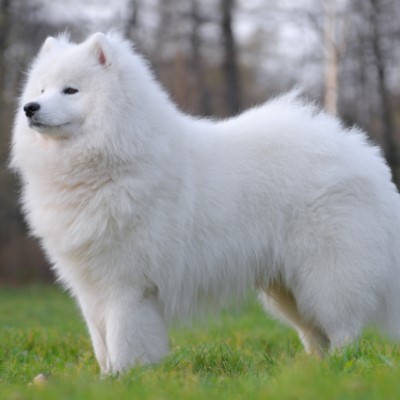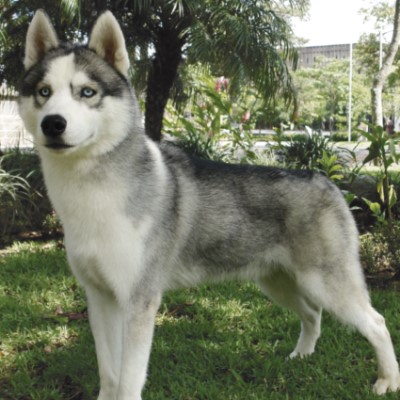Common Reasons for Surrender
Alaskan Malamutes have a high percentage of return rates mostly because this highly energetic dog loves to romp in the snow and finds the heat unbearable. While people in hot climates can run air conditioners and exercise their pet at sunrise or sundown, the Malamute will not be able to withstand the summer temperatures in the continental United States. Another reason for surrender is puppies get along well with one another, but at ten months the Malamutes start fighting one another.
Pros
Malamutes are affectionate and adapt to their owner’s lifestyle, and oftentimes they want to be your equal partner. Your Malamute will hike ten miles, watch a football game, and pull a dog sled all in one day, as long as she’s with you. Malamutes participate in a sport called “Skijouring” where the dog pulls you while you are on your skis, and they love to backpack and travel whether on a hike, a boating trip, or a road adventure.
Cons
The Malamutes don’t live to please their people and flunk as watchdogs. Their coat is beautiful, but the hair comes out everywhere and all over the house. Malamutes are Arctic diggers and will enthusiastically dig holes in your lawn or garden.
An unexercised and bored Malamute will find an outlet for her energy and often surfs the kitchen counters for food. Fruit bowls, sugar canisters, and a tomato ripening on the window sill are all fair game for these counter surfers.
A Malamute should not be free fed where you fill a bowl and leave it out all day. Malamutes are food oriented and they will beg, so it can be tempting to overfeed them. The Malamute is not a picky eater; some of her favorite foods include roast beef, chicken, and cheese. Feed your dog once or twice a day. When you train your dog, you can use part of that dry kibble as tiny treats for rewarding right responses to training.
Exercise
The Alaskan Malamute needs a lot of exercise in a cool climate. He can be a good running or walking companion, as long as he doesn’t get overheated. Dog backpacks are used only on mature dogs. It can be fun to use a dog backpack so your dog carries her own water and food on a long hike and builds muscle in the process.
Possible Health Issues
Common health problems include hip dysplasia, blindness, seizures, and hypothyroidism. Poor diet as pups can lead to bone disorders in adulthood.
Housing
Malamutes are used to lot of exercise in a cold climate. That doesn’t eliminate keeping a Malamute in an apartment, but it does mean that you need to exercise your dog several times a day and keep the apartment relatively cool. Some people with sled teams keep their dogs outdoors in kennels while others sleep on the bed with the owner. She needs to be crated when you leave the house or she could eat the couch by the time you return.
Grooming
Due to the Malamute’s heavy undercoat and outer coat, he requires daily brushing and grooming for 10 minutes a day. If your dog sleeps inside every night, you will want to bathe him once a week. The Malamute does not need a groomer, as long as you trim the hair on his feet.
Training
 Malamutes are not your servants, even when you want them to cooperate with you in obedience training. You may teach your dog to sit, stay, heel, and even jump and retrieve if you use positive reinforcement by rewarding right responses with small food treats.
Malamutes are not your servants, even when you want them to cooperate with you in obedience training. You may teach your dog to sit, stay, heel, and even jump and retrieve if you use positive reinforcement by rewarding right responses with small food treats.
Entertainment
Most Malamutes do not enjoy a game of fetch, but they like to pull carts, sleds, and wagons.
ADDITIONAL RESOURCES
The Alaskan Malamute Yesterday and Today by Barbara Brooks and Sherry Wallace
Australian fact sheet — http://www.burkesbackyard.com.au/factsheets/Dogs/Alaskan-Malamute/635
We want to thank the Alaskan Malamute Assistant League (AMAL) for help with this profile.
